Over the last four weeks I’ve visited five mainline Protestant congregations in the Dallas – Fort Worth metro area that have recently reopened for worship.
All five experiences required that I pre-register to attend, and that I commit to a covenant or list of expectations regarding my participation (i.e., not attend if I had a fever or was experiencing COVID-like symptoms, while attending wear a mask and remain socially distanced from others while indoors, etc.).
Additionally, all five congregations operated at a greatly reduced capacity, allowing far fewer worshippers into their sacred spaces than were permitted pre-pandemic.
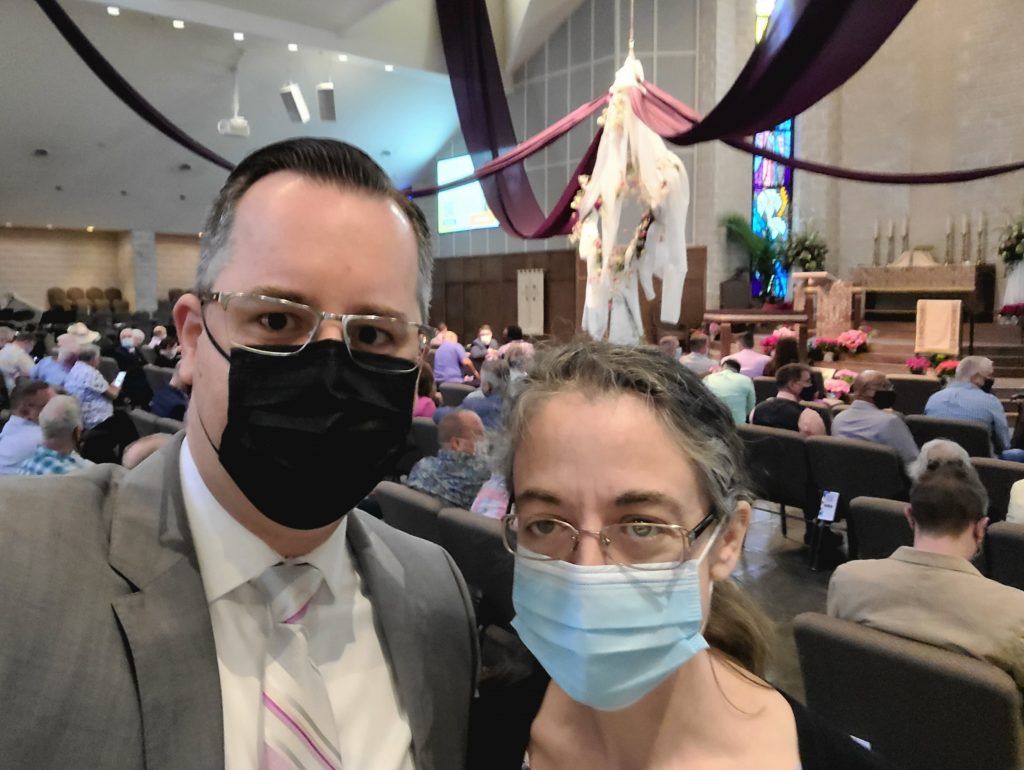
photo by Greg Smith
Four of the congregations I attended are located in Fort Worth and one is in Dallas. Two are affiliated with the United Methodist Church, one with the Disciples of Christ, one with the Presbyterian Church (USA), and one is affiliated with the United Church of Christ.
Each congregation had recently started offering in person worship. I visited three congregations on the first Sunday they offered in person worship, one a little over two weeks after reopening, and a third exactly a month after reopening.
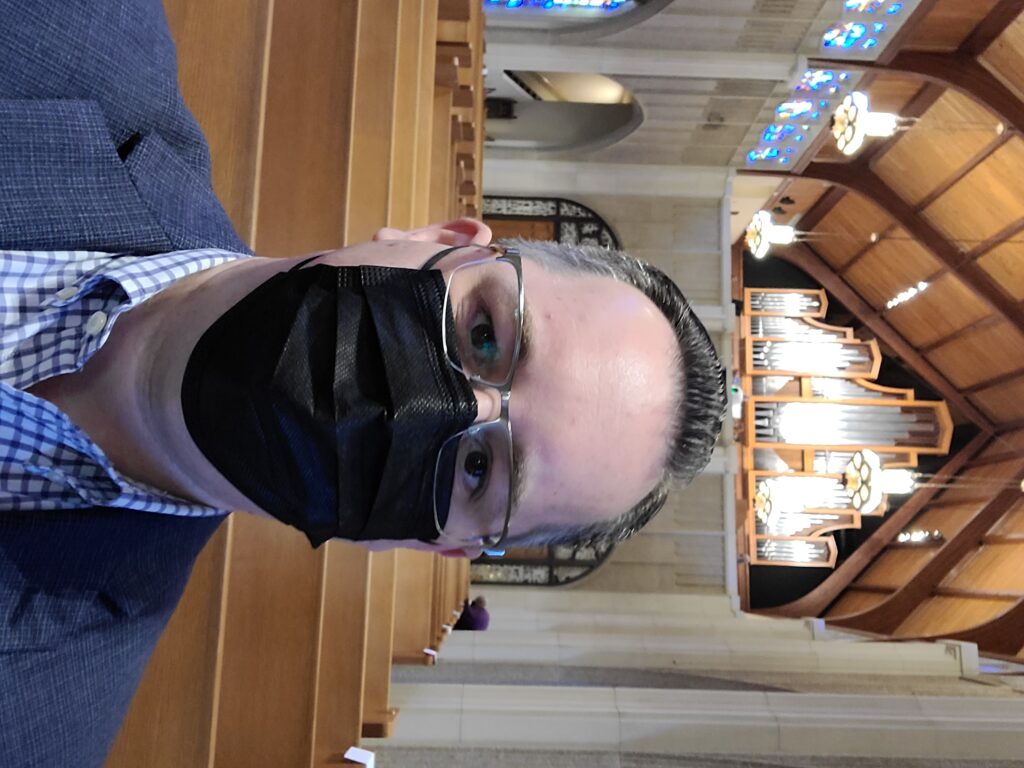
photo by Greg Smith
I appreciated the welcome I received at all churches, and the considerable attention each has given to numerous details designed to maximize the safety and wellbeing of all worshippers.
The chart below summarizes my experiences focusing on areas that have changed as a result of COVID-19, including the addition of a check-in process upon arriving for worship, new ways of delivering the content that had historically been provided in a printed worship program, new ways of spacing people out within available seating, more restrictive approaches to singing and collecting an offering, differing ways of distributing communion, and more orderly approaches to worshippers leaving the sacred space at the conclusion of the service of worship.
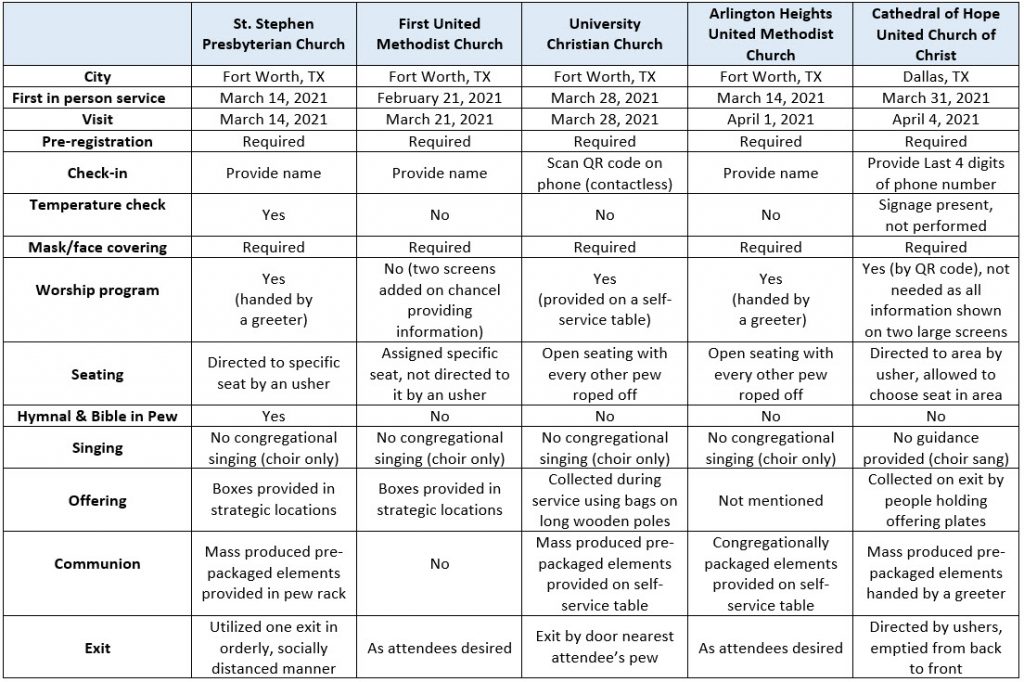
Experience #1: St. Stephen Presbyterian Church
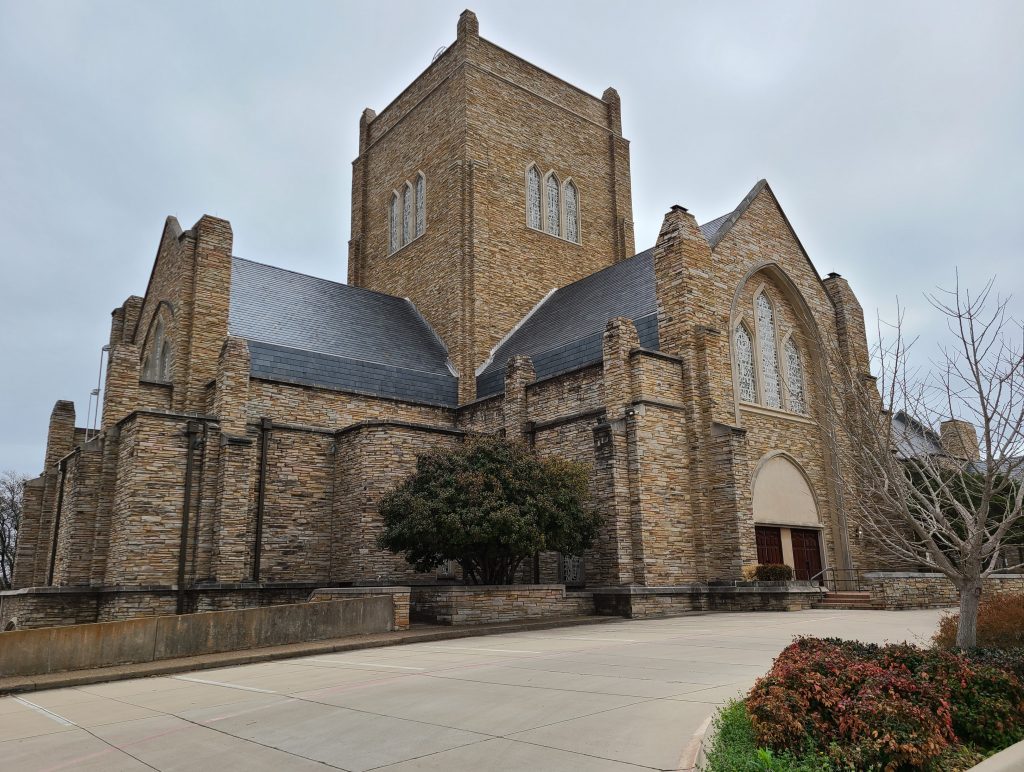
I blogged at length about my visit to St. Stephen Presbyterian Church since it was my first indoor worship experience over a year (check out First Indoor Worship Service in Over a Year).
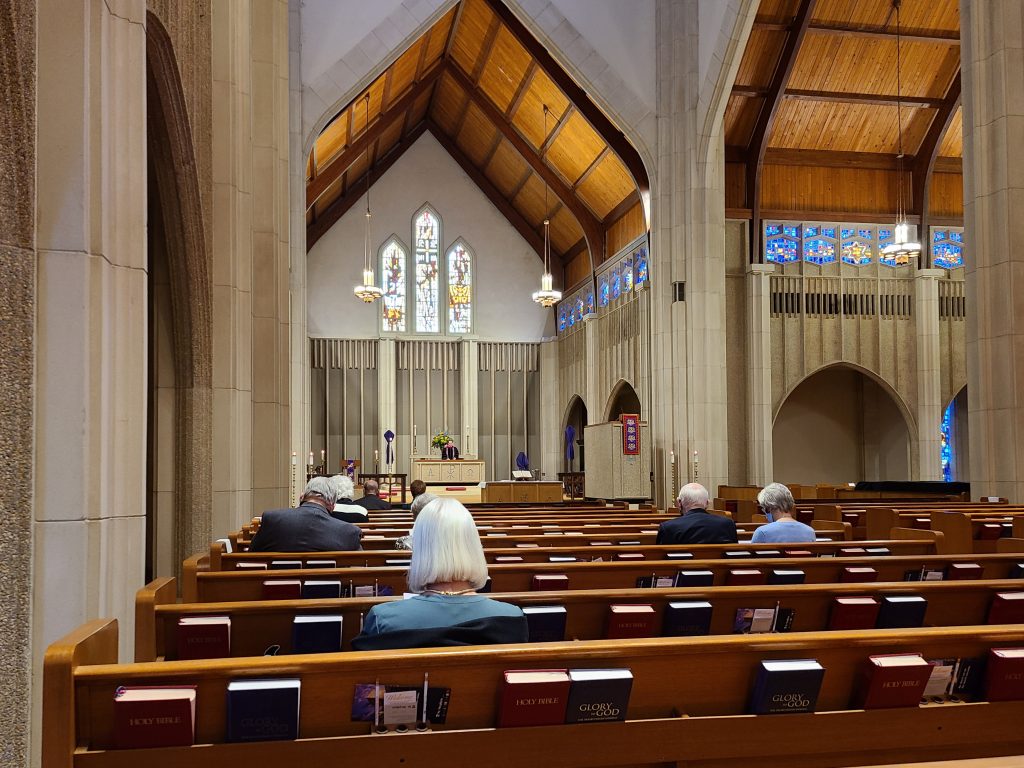
Notably, this was the only congregation that performed a temperature check as part of the check-in process.
Experience #2: First United Methodist Church
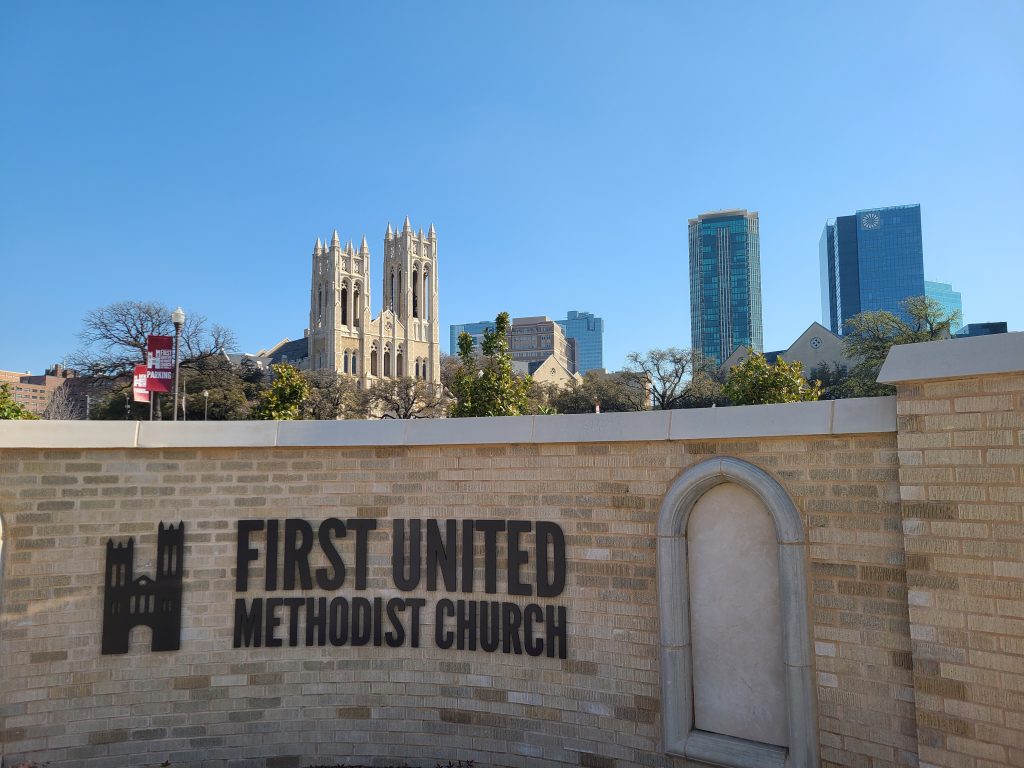
First United Methodist was the only congregation that allowed me to choose a seating area during the registration process, and the only congregation to issue me a specific seat.
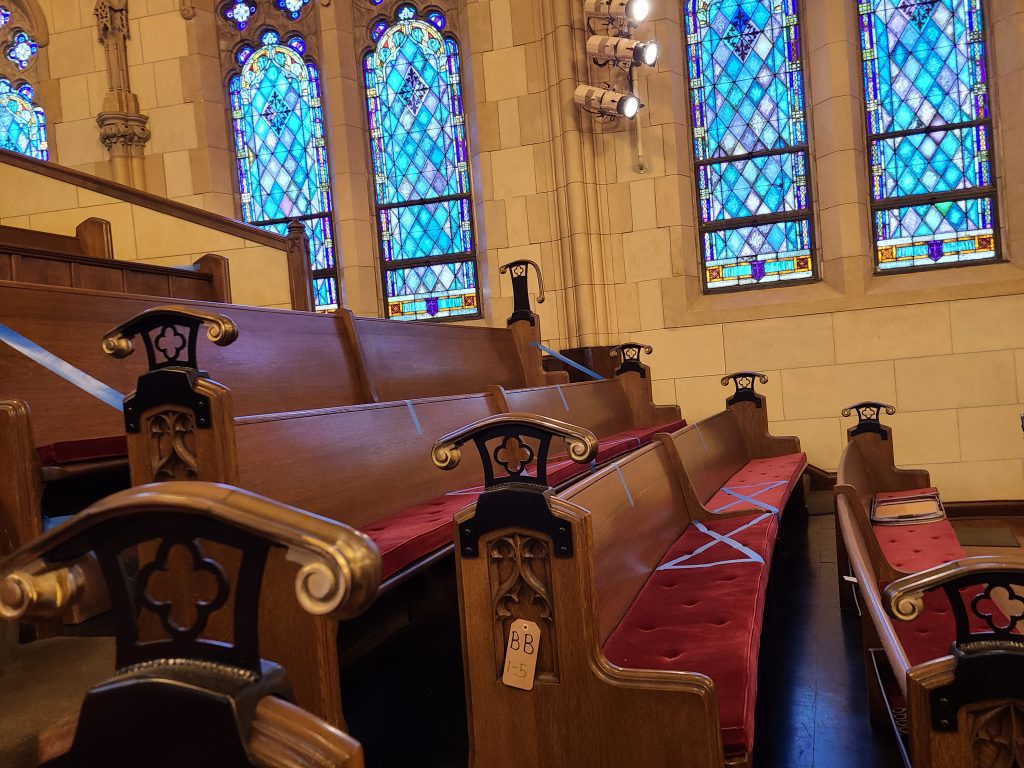
Experience #3: University Christian Church
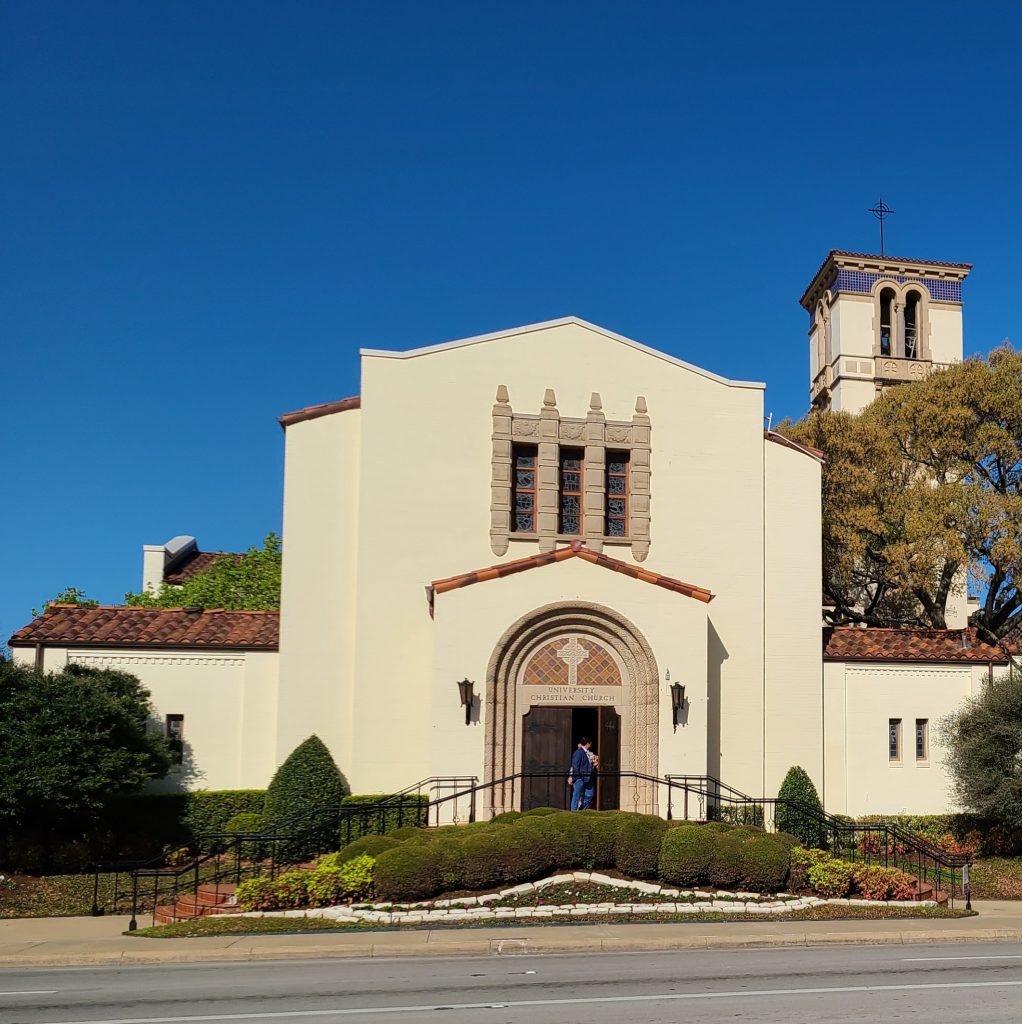
University Christian Church was the only congregation that utilized a contactless digital check-in process. I was asked to scan the QR code on my phone.
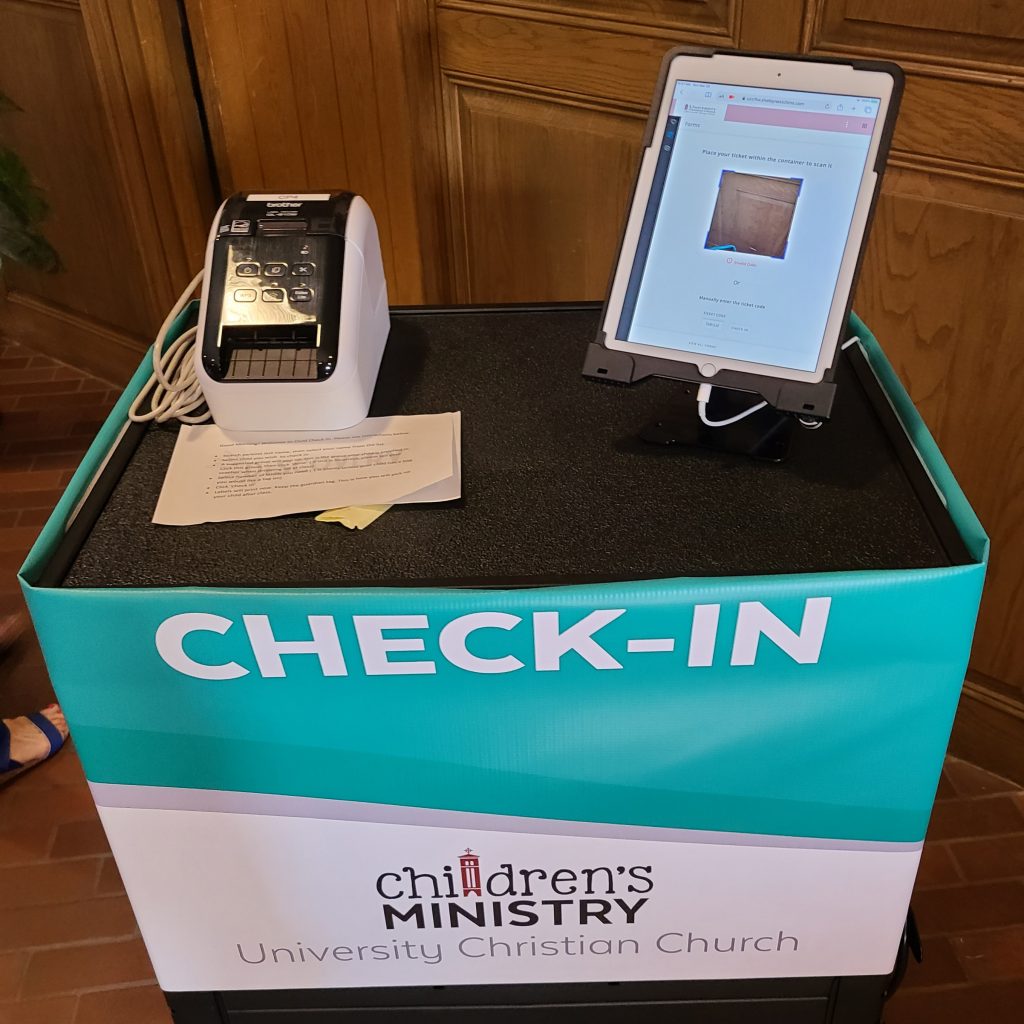
Additionally, this congregation was the only one to collect an offering during the service. To facilitate this while embracing social distancing, the ushers collected the offering using long wooden poles with bags on the end rather than passing plates.
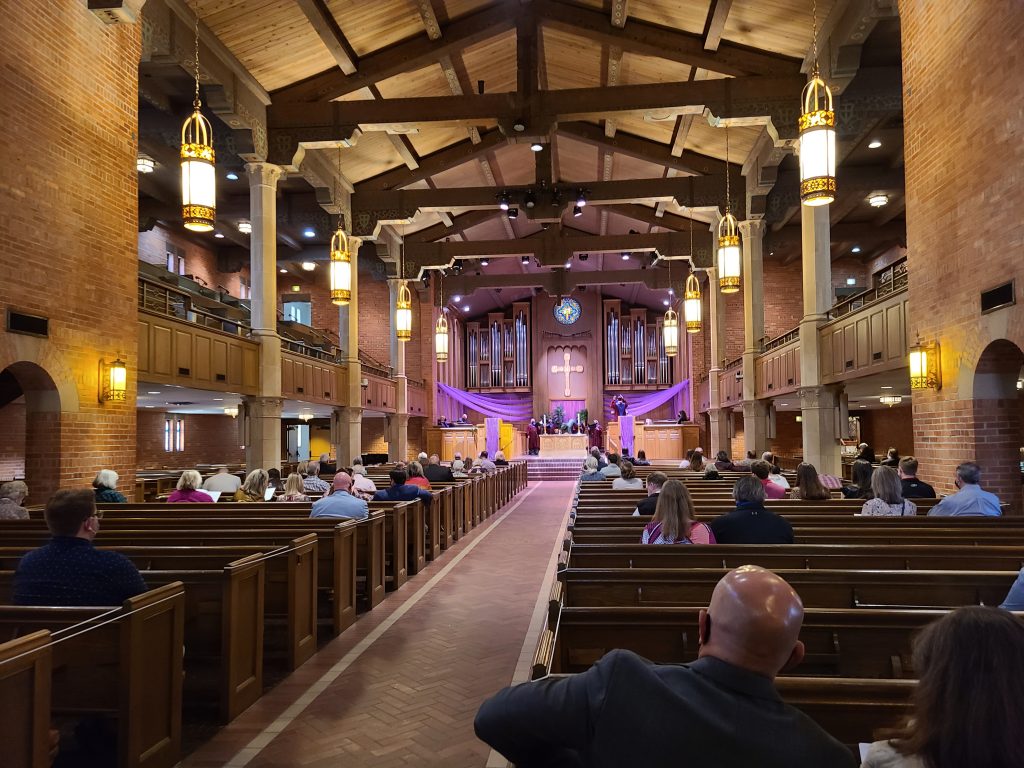
Experience #4: Arlington Heights United Methodist Church
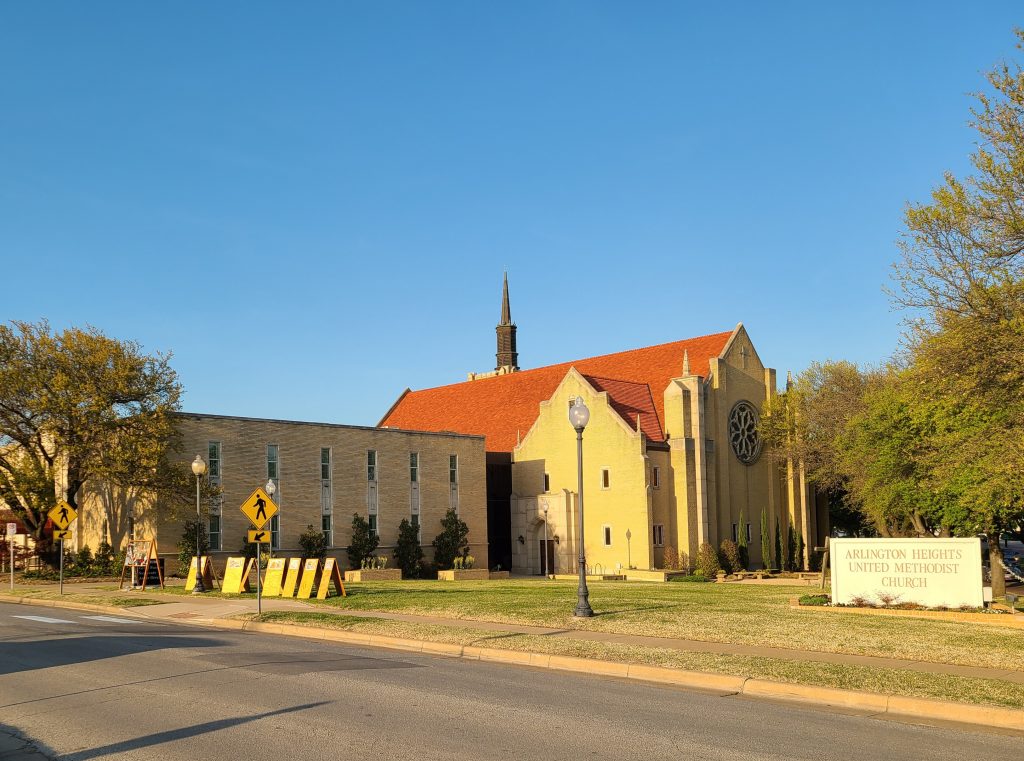
This was the only congregation I visited on a weekday; all other worship experiences occurred on Sundays. I attended Arlington Heights United Methodist Church’s Maundy Thursday service.
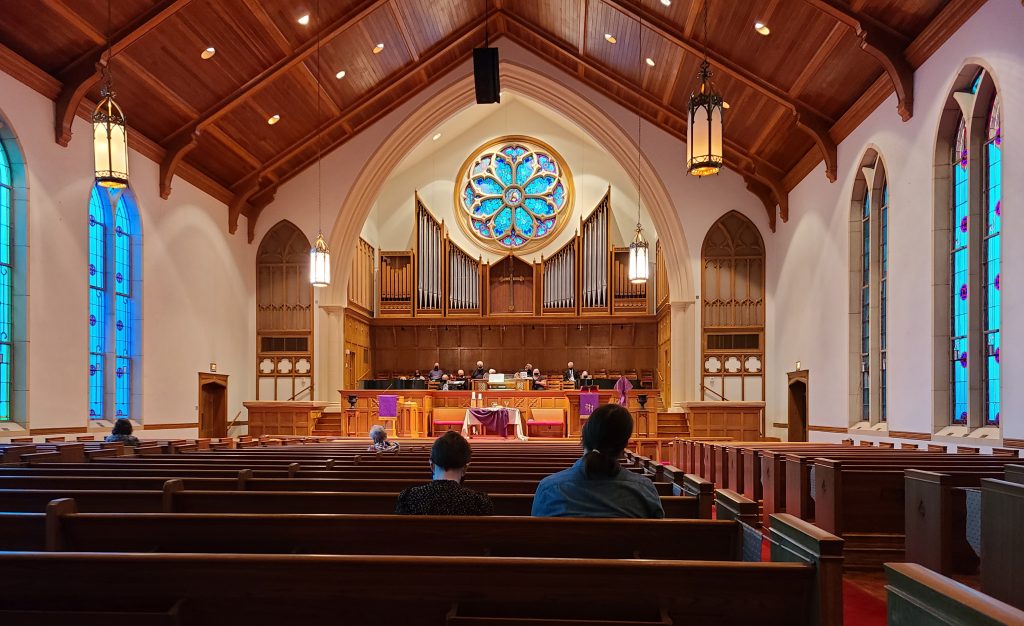
Interestingly, this was the only congregation to provide congregationally packaged communion elements. The choice of container made opening the juice without spilling more challenging than with the pre-packaged elements I received in other congregations.
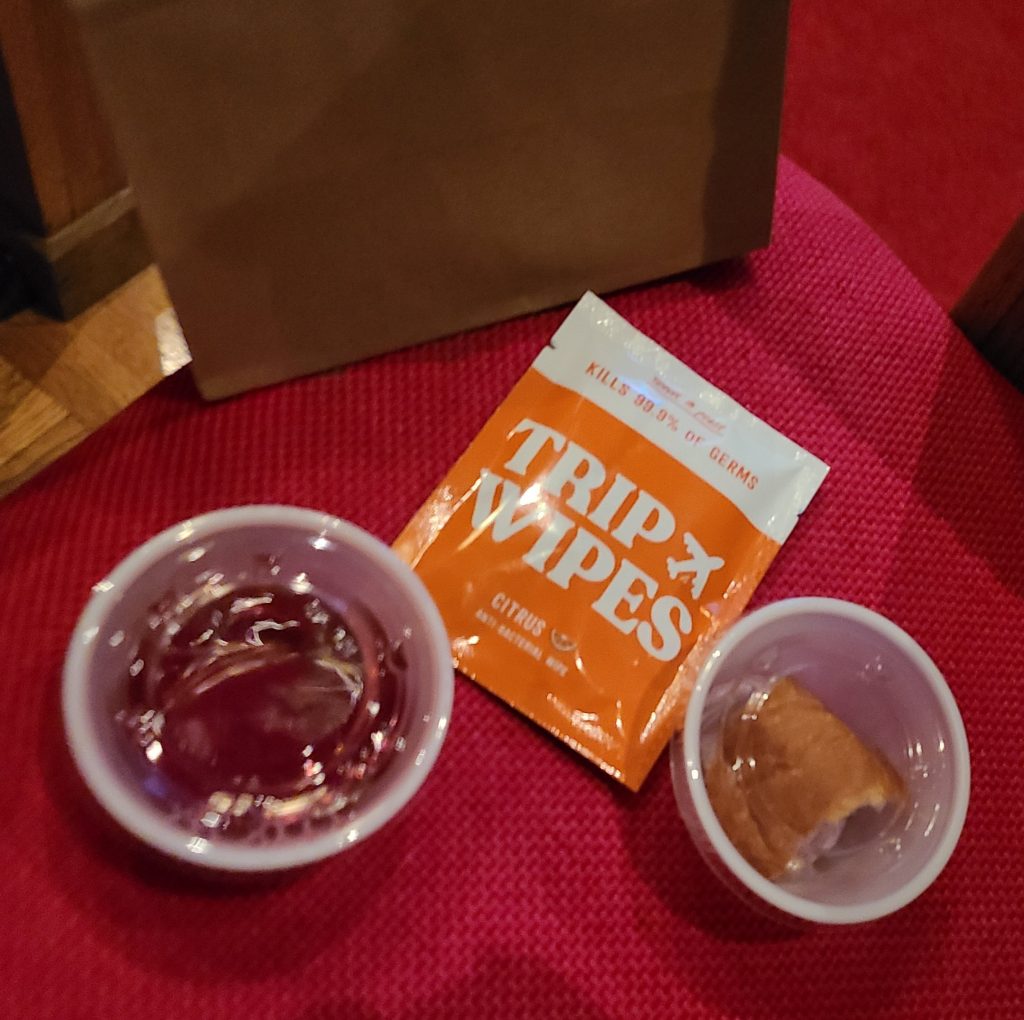
Experience #5: Cathedral of Hope United Church of Christ
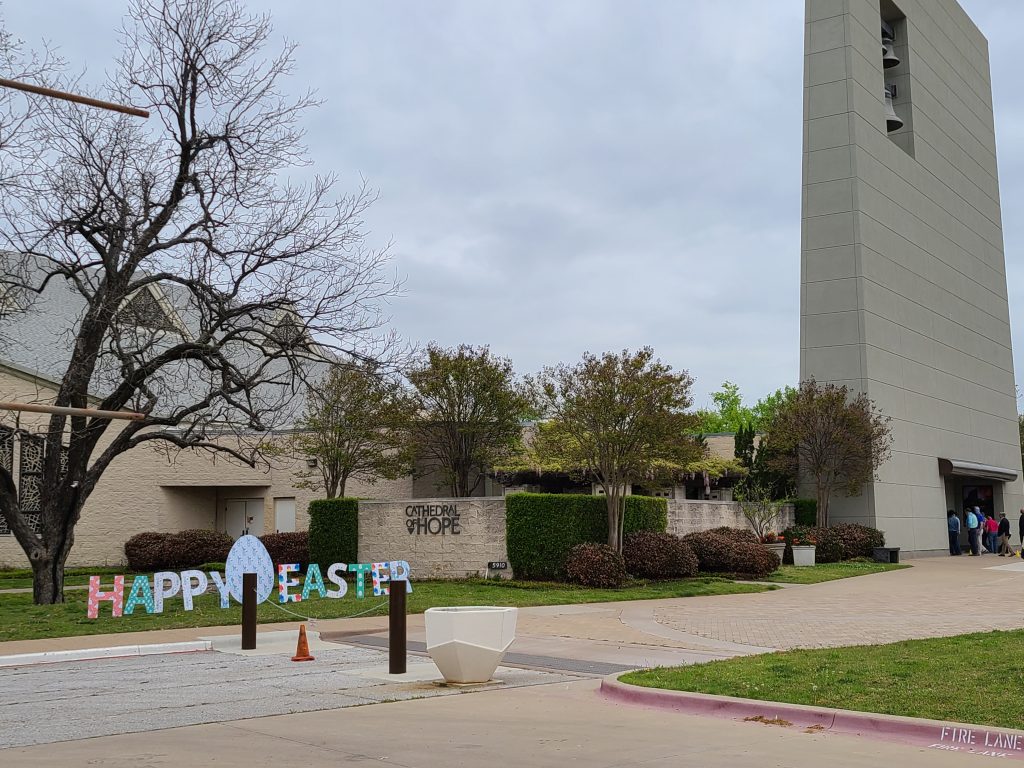
Cathedral of Hope had the longest line outside for check-in, yet also provided the warmest welcome.
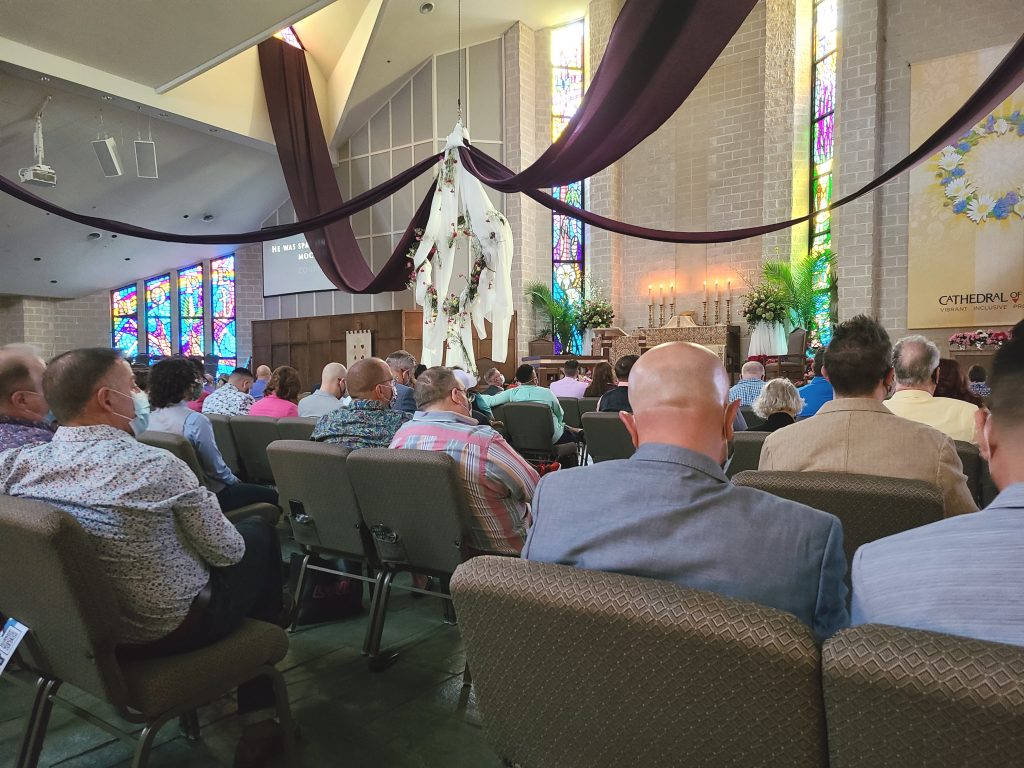
Importantly, this was the only congregation I visited that completed a major sanctuary renovation sanctuary during the pandemic. This work included a complete overhaul of the chancel and removal of all pews. As shown above, by switching to chairs the Cathedral of Hope can easily change seating capacity and patterns during the pandemic, while also maximizing the use of the sacred space for multiple purposes after the pandemic ends.
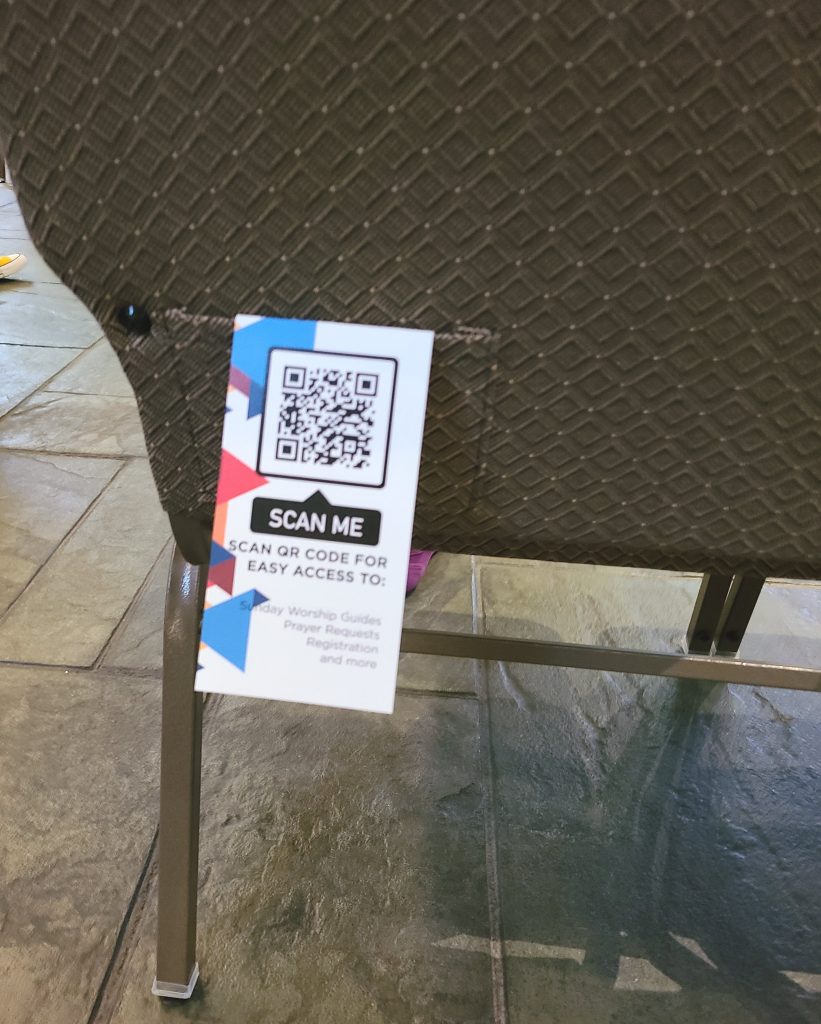
Additionally, this was the only congregation to offer a contactless sign on the back of the pew or chair in front of me, which linked me via a QR code to the worship bulletin, a prayer request form, and more.
So What?
There is no one right approach to when and how a congregation should reopen for indoor in person worship during the COVID-19 pandemic.
The five congregations mentioned were all closed throughout the pandemic, reopening for in person worship sometime between mid-February and the end of March. Each has crafted their own approach levering many current best practices.
Overall, I feel these five congregations have done a good job. And, I trust each will continue to update protocols based on trends in COVID-19 transmission in the region, and on any new guidance available from the CDC and other authorities.
While these congregations offer good examples of how to reopen for indoor worship, I’m well aware that others returned to indoor worship much sooner and without nearly as many safety guidelines. Those actions disappoint and concern me.
I invite you to take a few minutes to let me know if your congregation is now offering indoor worship.
- If your congregation is now offering indoor worship, what safety protocols are being observed, and how safe do you feel to attend?
- If your congregation is not currently offering indoor worship, when is your faith community planning to resume this practice (or, if not, when then based on what data driven milestones).